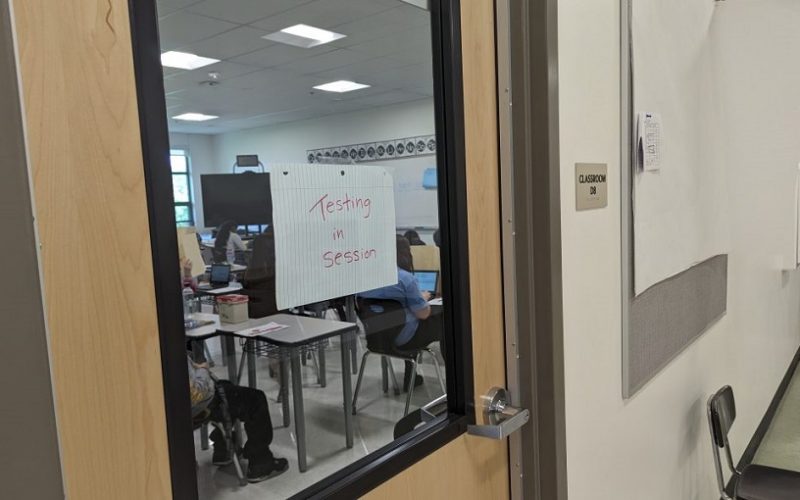Salem, OR – Oregon’s fourth and eighth-grade students are struggling to meet proficiency standards in reading and math, according to the latest results from the National Assessment for Educational Progress (NAEP). The 2024 report, often referred to as the nation’s report card, shows that Oregon ranks in the bottom half of U.S. states for both subjects, with a significant number of students falling behind national averages.
The data reveals a troubling trend: Oregon’s fourth and eighth graders continue to face substantial challenges in both reading and math, with achievement gaps widening since the pandemic. Peggy Carr, commissioner of the National Center for Education Statistics, which administers the tests, highlighted that while some states, such as Louisiana, have seen improvements, Oregon’s students are struggling to recover.
“Student achievement has not returned to pre-pandemic levels,” Carr said in a news conference. “Reading scores continue to decline, and our lowest-performing students are reading at historically low levels.”
In the 2024 NAEP assessment, nearly half of Oregon’s fourth graders scored “below basic” in reading, meaning they have difficulty understanding simple texts and words. This is worse than the national average, where 40% of U.S. fourth graders scored at this level. The situation is similarly dire for eighth graders, with about 45% of them scoring “below basic” in reading, struggling to identify basic literary elements and the main idea of stories.
In math, the situation is equally bleak. Approximately one-third of Oregon’s fourth graders tested “below basic” in math, meaning they struggle with basic operations like adding and subtracting multi-digit numbers. Among eighth graders, the percentage jumps to 45%, with many unable to solve basic equations or perform tasks like calculating area and volume.
Oregon Department of Education Director Charlene Williams acknowledged the severity of the situation, noting that the state’s own assessment data, released in October, shows that students remain about 10 percentage points behind pre-pandemic achievement levels. In response, the state has been expanding literacy programs and working to provide additional resources to the most impacted schools. “ODE is expanding literacy efforts to reach schools serving some of our most impacted students, ensuring they have access to high-quality instruction and resources,” Williams said.
The report also highlighted the role of absenteeism in student performance. National surveys have shown that students who miss school are more likely to score poorly on standardized tests. In Oregon, chronic absenteeism has become a growing concern, with nearly 40% of students missing at least 16 days of school during the 2022-23 school year. Among fourth graders who scored below the 25th percentile in math, a significant percentage reported missing three or more days of school in the month before the test.
Carr emphasized the importance of regular school attendance, stating, “Those who don’t go to school learn less.” This, she argued, further compounds the struggles faced by low-performing students.
Despite these challenges, Carr remains hopeful that improvements are possible. She pointed to the success of states that have implemented research-based literacy programs, particularly those focused on the science of reading. “It’s been demonstrated that we can turn this around, even in reading,” Carr said.
The report also revealed a decline in students’ reading habits outside of school, with fewer students reporting reading for enjoyment or engaging in home reading activities. This shift, along with changes in how students are tested and how reading materials are presented, may be contributing to disengagement with learning.
Although the results are sobering, Carr believes that collaborative efforts from educators, families, and communities can help close the achievement gap. “We all need to come together as partners to catch these students up and improve achievement,” she concluded. “And these results, as sobering as they are, show that once you unpack them, there is hope.”
As Oregon faces these ongoing challenges, educators and policymakers will continue to work on strategies to improve literacy and math outcomes, with an emphasis on addressing absenteeism and supporting the state’s most vulnerable students.











